4 Ways Performance Management and Engagement Are Linked
In the world of business, there are few partnerships as powerful as the one between employee engagement and performance management. When these two elements are seamlessly integrated, they create a dynamic synergy that can significantly impact an organization’s success. Engaged employees are not only more productive and innovative, but they also contribute to increased profitability, enhanced customer satisfaction, and improved employee retention. In this post, we’ll delve into four key ways in which performance management and employee engagement are intricately linked.
- Goal Setting Creates Buy-In to Your Organization’s Performance
Setting clear and meaningful goals is a cornerstone of building a highly engaged workforce. When employees have well-defined objectives to work towards, they develop a strong sense of purpose and motivation. However, it’s important to note that not all goals are created equal. While many employee goals are often tied to broader business initiatives, it’s essential to ensure that they also resonate with individual motivations.
Research has shown that when employees actively participate in goal-setting alongside their managers, their engagement levels increase significantly. In fact, employees who are involved in setting their own goals are nearly four times more likely to be engaged compared to their peers. This demonstrates the power of aligning personal growth and development with organizational objectives.
- Feedback Equips Employees with Tools to Improve Performance
Feedback plays a pivotal role in job satisfaction and overall performance. When feedback is constructive and focused on development, it provides employees with actionable insights to enhance their competence and skills over the long term. Organizations that cultivate a culture of regular feedback tend to enjoy higher employee retention rates.
The effectiveness of feedback lies in its timing and specificity. Feedback is most valuable when delivered in the moment or as close to the relevant event as possible. This ensures that both parties involved have fresh recollections of the situation, allowing for detailed discussions about behaviors and actions. Waiting for a monthly meeting or a quarterly review can dilute the impact of feedback.
To foster a robust feedback culture, organizations should create opportunities for ongoing dialogue about improvement areas. One-on-one conversations are particularly effective for addressing emerging issues, while routine performance reviews help employees connect feedback to their broader, long-term goals.
- Recognition and Praise Boost Employee Engagement
Recognition and praise are essential components of driving high performance and engagement among employees. These forms of acknowledgment contribute to employees’ internal sense of competence and confidence, directly influencing their job satisfaction.
However, it’s important to understand that delivering effective praise requires more than a simple acknowledgment of a job well done. To empower repeat performances, praise must be specific and meaningful. While it’s pleasant to hear that one has done a great job, employees benefit most from feedback that provides insight into what exactly was commendable.
Effective praise can inspire employees to replicate their successes and continue to contribute positively to the organization. It reinforces the behaviors and actions that align with the company’s objectives and values.
- Regular Performance Reviews Connect Employee Development to Future Goals
When we think about performance management, the annual performance appraisal often comes to mind. While these assessments are valuable for evaluating employee performance, they may fall short of maximizing long-term business success if they don’t facilitate ongoing employee development.
Performance management should extend beyond mere evaluation. It should provide opportunities for employees to grow and align their development with future organizational goals. While annual appraisals serve their purpose, continuous feedback and development discussions throughout the year are equally important.
In summary, performance management and employee engagement are not standalone concepts but a dynamic duo that, when effectively integrated, can yield exceptional results. To maximize the return on investment in both areas, organizations should strive to seamlessly combine them. Tools like Lattice empower teams to monitor engagement in the context of performance, allowing for the tracking of employee sentiment among high performers and the identification of areas for improvement. By integrating these elements, organizations can take proactive steps to address disengagement, resolve emerging issues, and ultimately enhance employee retention and business success.




